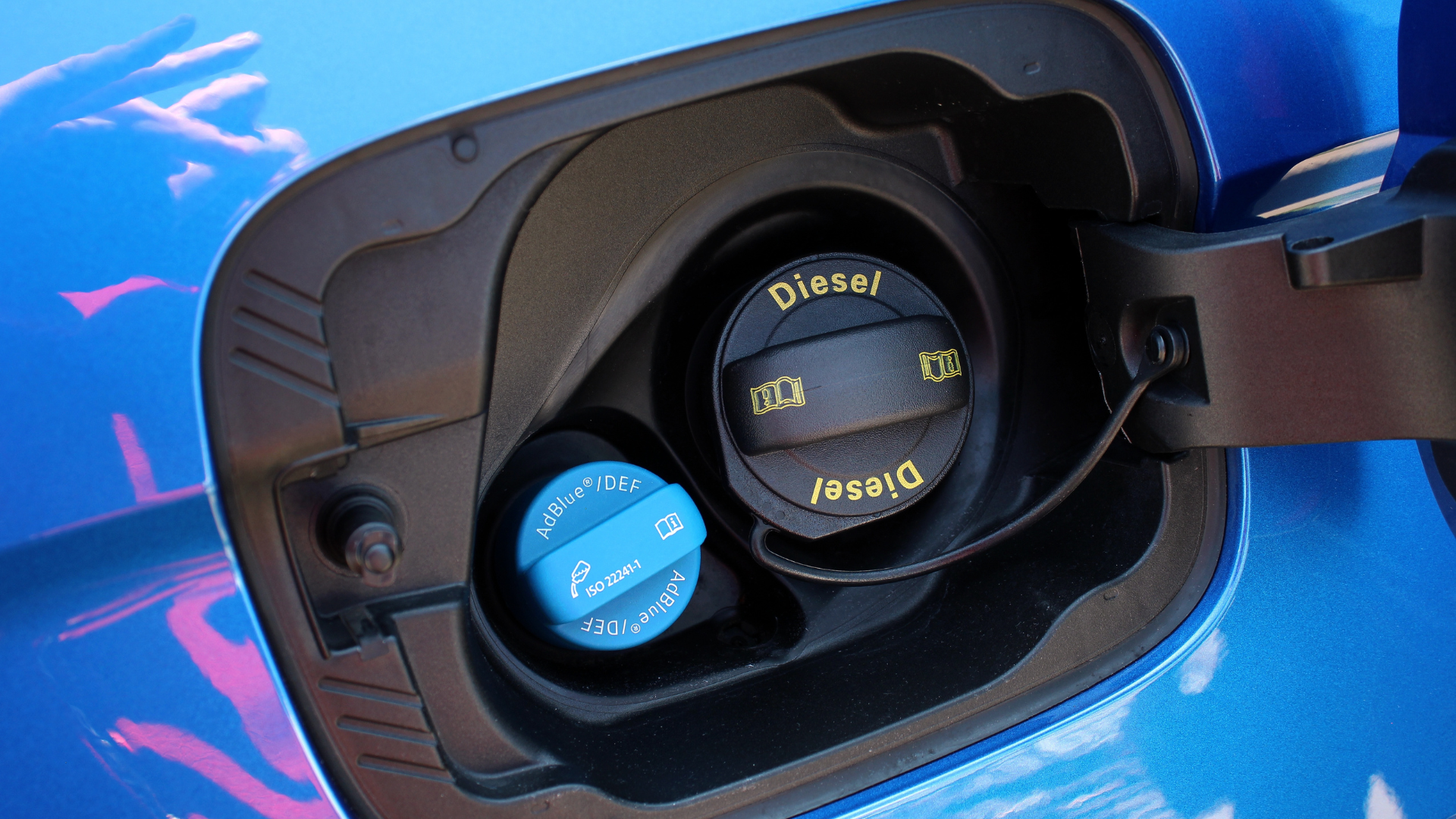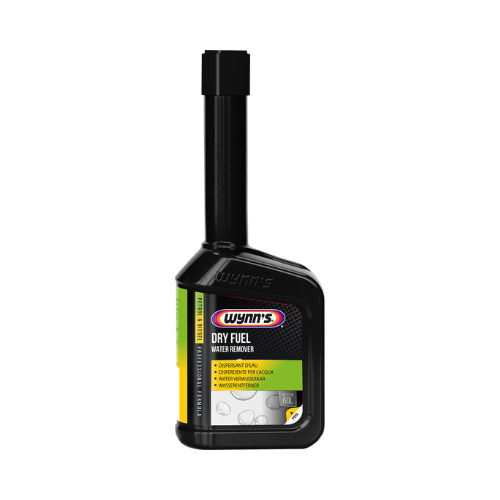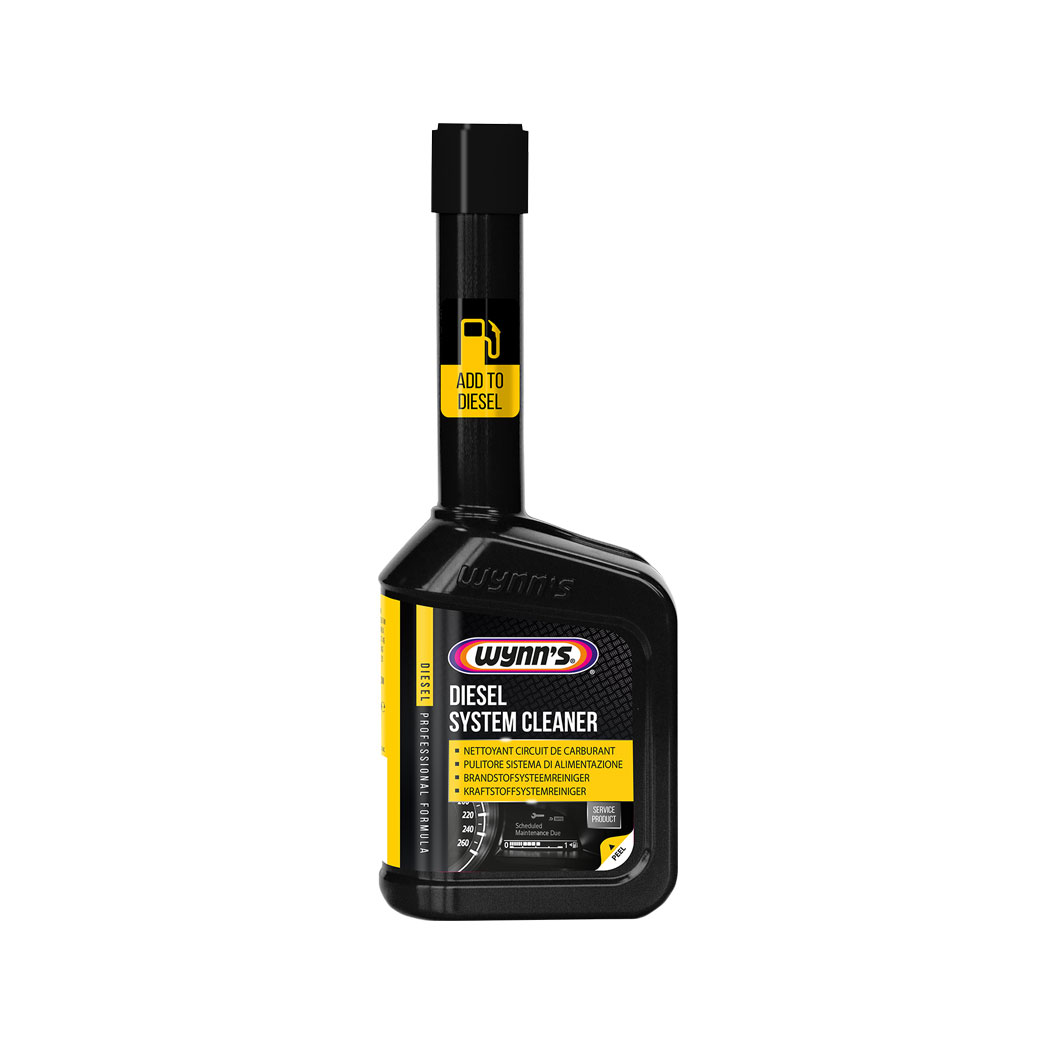AdBlue® Contamination Incident: Background and Symptoms
A recent incident at one of our customers’ premises highlighted the risks associated with AdBlue® contamination of the fuel tank. In this particular case, the owner accidentally poured 20 liters of AdBlue® into a fuel tank that already contained 30 liters of diesel. Not immediately aware of his mistake, he started the vehicle and drove approximately 10 km, after which various problems began to appear.
As the journey progressed, several symptoms of malfunction were observed, including abnormal engine noises, frequent stalling, activation of warning lights, and finally, a complete engine shutdown, making restarting impossible. Faced with this critical situation, the vehicle was towed to an authorized garage for a thorough diagnosis.
Technical Solutions and Cost of Repairs
Once on site, the technicians quickly confirmed the presence of AdBlue® in the fuel tank. The situation then required considering available repair options. The manufacturer’s standard protocol for dealing with this type of contamination is both comprehensive and expensive. It involves cleaning the tank, replacing the injectors, the high-pressure pump, and cleaning the fuel lines. In addition, the sensors, valves, and fuel filter must also be replaced. The estimated cost for this procedure is approximately €9,900, including labor, which represents a significant financial burden for the customer.
Alternative Approach: Treatment with Specialized Products
Given the scale and high cost of the standard repair, an alternative approach was considered, using specialist treatment products such as Wynn’s Dry Fuel and Diesel System Cleaner . The process began with a complete drain of the fuel tank, followed by a fuel filter replacement. Ten litres of new fuel were then added, along with three bottles of Wynn’s Dry Fuel , a fuel drying product that facilitates the removal of residual AdBlue®.
The engine was started and allowed to idle for an hour and a half to completely flush the AdBlue® from the system. After this period, the tank was drained again before refilling with fresh fuel, supplemented with Diesel System Cleaner to ensure optimal engine performance. This method resolved the problem while avoiding exorbitant repair costs.
Results and Effectiveness of the Alternative Solution
The results of this alternative solution were very satisfactory. After treatment, the vehicle initially started unevenly, but after only 5 minutes of idling, the engine returned to normal operation. Several start-stop cycles confirmed that the problem was resolved.
Analysis of the effectiveness of this treatment revealed significant benefits. Using the drying product removed water and residual AdBlue®, while creating an antioxidant barrier on metal surfaces, protecting them from the acidity of AdBlue®. In addition, the diesel system cleaner helped remove carbon deposits and other impurities, while lubricating the fuel system.
Importance of Prevention and Innovative Solutions
This alternative approach not only proved effective, but was also significantly less costly than the manufacturer’s standard protocol. It highlights the importance of exploring innovative solutions for addressing fuel contamination.
However, the best strategy remains prevention. Increased vigilance during refueling and proper user training can prevent these costly incidents. By investing in prevention and training, professionals can not only protect vehicles, but also optimize their performance and extend their lifespan.



Leave A Comment